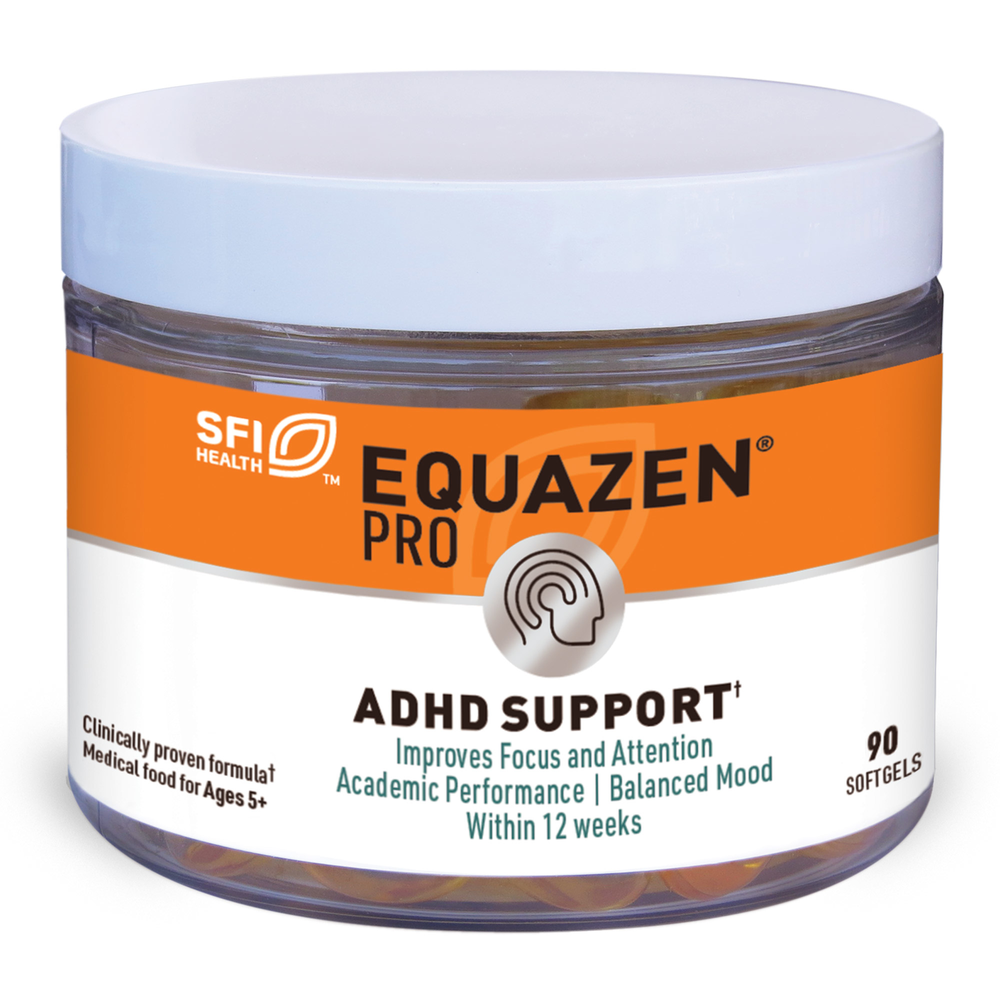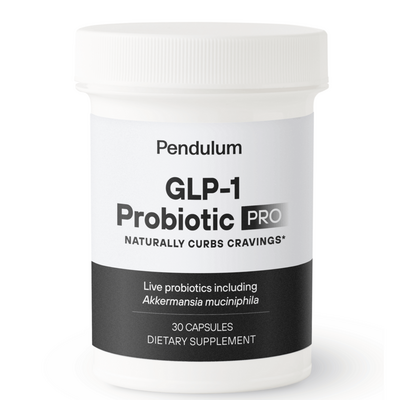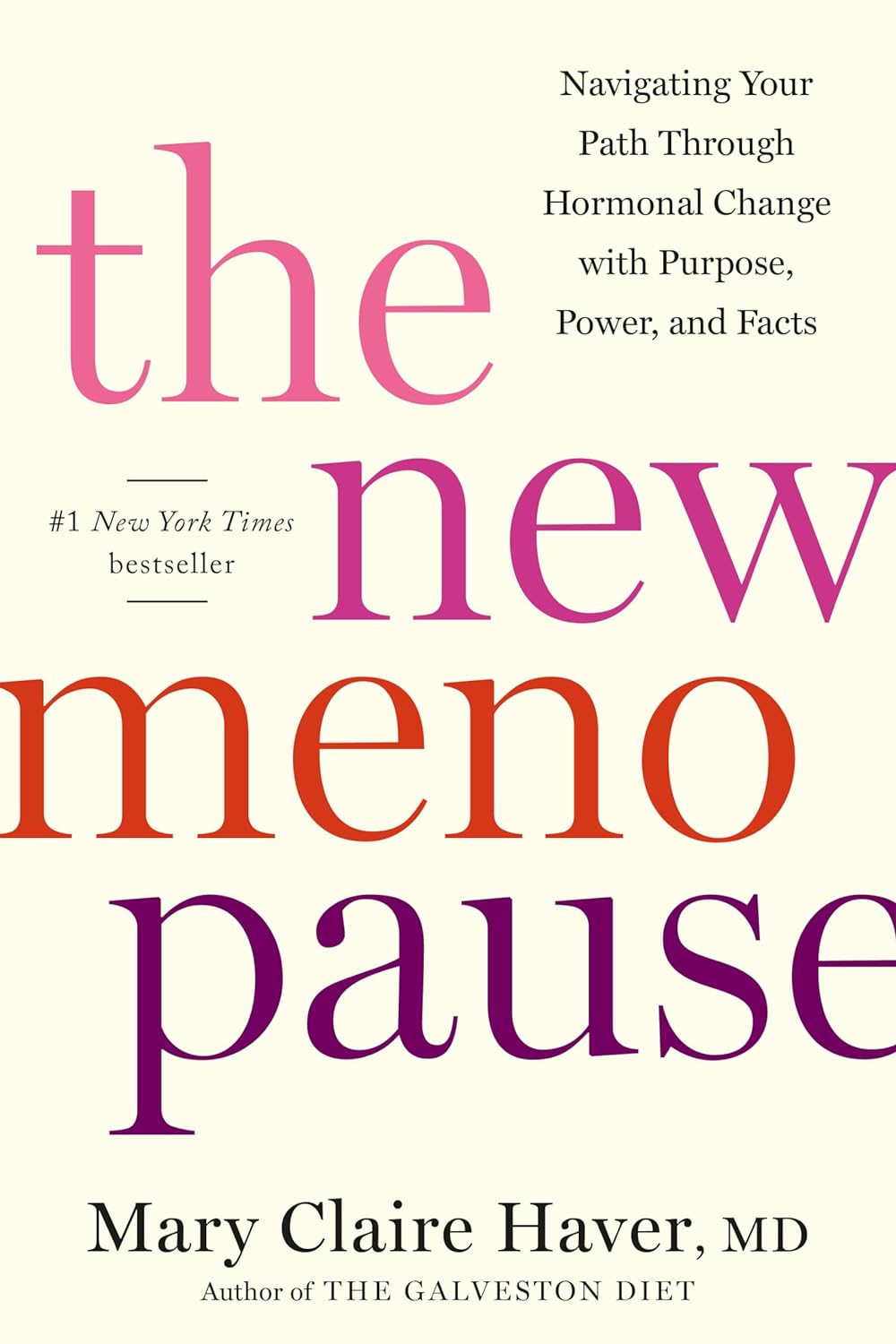To give you a better understanding of my concerns, let’s take a look at a typical ovarian cycle. If you can understand the basics, this will lay the foundation for understanding why integrative practitioners always emphasize lifestyle, diet and exercise.
Here we go!
There are 4 phases to the menstrual cycle:
- Follicular phase (FSH stimulates growth of follicle)
- Ovulation (Follicle bursts and becomes Corpus Luteum)
- Luteal phase (LH stimulates transition to corpus luteum ALBICANS?)
- Menstrual period
Cross section of the ovary and cycle development.
 |
|
Follicle Population – Most rapid decrease in number of follicles is prior to birth of female fetus-from 6-7 million to approximately 2 million at birth. At puberty, 300,000 oocytes are present. Fewer than 500 follicles will ovulate during a woman’s reproductive years.
|
The ovary is attached to the pelvic bone by the blood vessels. The other end is attached to the uterus by a ligament. The ovaries have the same rich nerve supply as the testes. This is why some women have painful intercourse. Also, the physiology is much more complex than the testes. Ovarian tissue is under constant change, making it very vulnerable to outside influences.
The first half of a menstrual cycle is approximately 14 days. As you can see, this involves the development of the primordial follicle, through developing stages, to the ruptured follicle. This is called the FOLLICULAR PHASE.
The second half of the cycle involves the transition of the ruptured follicle, through developing stages, to the corpus albicans. This is called the LUTEAL PHASE.
The follicular phase is primarily estrogen dominant and driven by follicle stimulating hormone (FSH).
Ovulation and secretion of progesterone is primarily driven by leuteinizing hormone (LH).
FSH and LH are secreted by the pituitary gland located at the base of your brain above the roof of your mouth. These two hormones are secreted in a rhythmic pattern and it is essential that they maintain this rhythmic pulsation.
Other major players in ovarian function are:
- DHEA (Dehydroepiandosterone) – made both in adrenal glands and ovarian tissue. DHEA is very important for ovarian function as DHEA is needed for testosterone production. Circulating levels of DHEA are 10% from the ovaries and 90% from the adrenal glands.
- Testosterone is made from DHEA in the ovarian tissue, and then synthesized by the ovary to estradiol. The rest is made in the body by conversion of DHEA to testosterone.
- Estradiol is a major hormone secreted from the ovary. Peak production is around day 14 in the transitional phase from follicular to luteal phase.
- Progesterone is another major hormone that is secreted in the luteal phase. Peak production is around day 21 of the menstrual cycle, assuming the cycle is 28 days.
NOTE: The luteal phase is always 14 days in length. When a woman’s cycle varies in length, say 21 days, then ovulation would occur around day 7, and the luteal phase would be the next 14 days equaling 21 days for the cycle. If you have a 33 day cycle, the 14 day rule still holds true, so ovulation would occur 14 days before the day of her menstrual cycle, or on day 19.
Other players include:
- Interleukins (IL) – these are inflammatory and are needed for ovarian rupture at time of ovulation. Remember these are also produced in belly fat/VAT.
- Tumor Necrosis Factor (TNF) – Tumor Necrosis Factor causes cellular breakdown. TNF is needed in the ovary to facilitate the transition of the corpus luteum to the corpus albicans.
- Insulin-Like Growth Factor 1 (IGF-1) – IGF-1 is very important for ovarian function and follicle growth and development.IGF-1 is secreted in theca cells and enhances LH stimulation of androgen production. IGF-1 is very insulin sensitive and is stimulated by insulin. (NOTE: This is big reason why diet and exercise are so important.)
This slide looks and is a little more complex–not to worry! The main takeaway here is the cross section of the tissue layers of the ovary in the left illustration. Pay particular attention to the outer layer (THECA), the second layer (GRANULOSA), and the inner area containing follicular fluid and the oocyte (egg).
What is important for you to understand is that the THECAL tissue secretes the androgens (male hormones) DHEA and testosterone.
The GRANULOSA cells secrete estrogens (estradiol, estrone and estriol).
Very simply put, androgens (DHEA and TESTOSTERONE) made in the thecal layer migrate into the granulosa layer where these male hormones are converted to estrogen.
I think this is enough for this time. Some of you may think this is way too much information. Stick with me and re-read the above if needed to master the basics, and in my next newsletter, I will build upon this to help tie in the importance of lifestyle, diet and exercise.
Sugar, stress, thyroid and inflammation will be the stars of the show next time. Will they be the good guys or the bad guys? What do you think?








